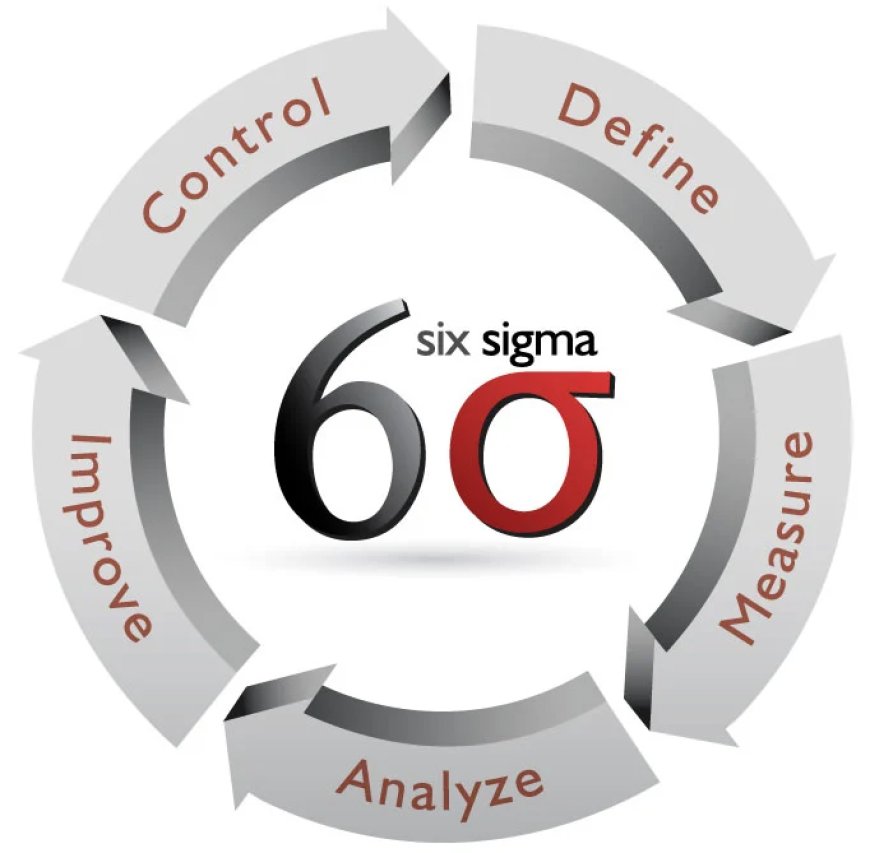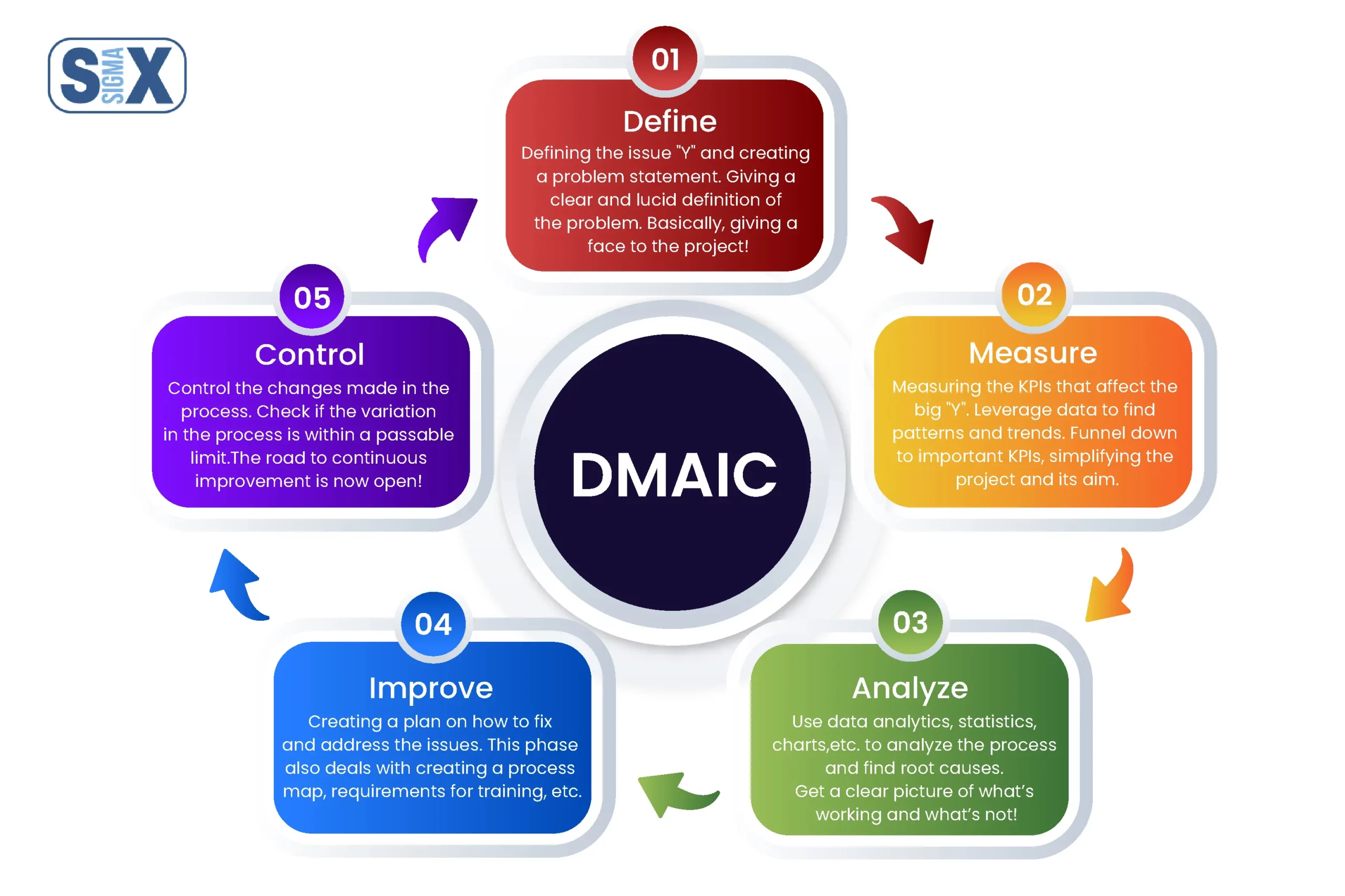Understanding Six Sigma: A Framework for Continuous Improvement

In today's competitive business landscape, organizations are constantly seeking ways to improve efficiency, reduce costs, and enhance customer satisfaction. One methodology that has gained widespread recognition in achieving these goals is Six Sigma. Developed by Motorola in the 1980s, Six Sigma has since been adopted by numerous companies across various industries. This article aims to provide an overview of the Six Sigma framework and its key components.
-
What is Six Sigma? Six Sigma is a data-driven, customer-focused methodology designed to minimize defects and variation in processes. It strives to achieve near-perfect quality by identifying and eliminating the root causes of errors, defects, or failures. The term "Six Sigma" refers to the statistical concept of measuring process performance, aiming for a level of 3.4 defects per million opportunities (DPMO), which equates to a 99.99966% defect-free rate.
-
DMAIC Methodology: The core methodology of Six Sigma is DMAIC, an acronym for Define, Measure, Analyze, Improve, and Control. This structured approach guides practitioners through the stages of process improvement.

- Define: Clearly define the problem, project goals, customer requirements, and process scope.
- Measure: Identify critical process metrics and collect relevant data to establish a baseline performance.
- Analyze: Analyze the data to identify patterns, root causes, and sources of variation.
- Improve: Develop and implement solutions to address the root causes and optimize process performance.
- Control: Establish controls to sustain the improvements and continuously monitor the process to prevent regressions.

- Roles in Six Sigma: Six Sigma initiatives require the involvement of various roles, each with distinct responsibilities.
- Executive Leadership: Provides strategic direction, resources, and support for Six Sigma projects.
- Champions: Responsible for project selection, identifying opportunities, and removing obstacles for project teams.
- Black Belts: Full-time project leaders who execute the DMAIC methodology, analyze data, and lead improvement projects.
- Green Belts: Part-time project team members who support Black Belts by collecting data, performing analysis, and implementing improvements.
- Yellow Belts: Employees who have a basic awareness of Six Sigma principles and can contribute to improvement projects.
-
Tools and Techniques: Six Sigma employs a wide range of statistical and analytical tools to facilitate data-driven decision-making. Some commonly used tools include process maps, cause-and-effect diagrams, control charts, hypothesis testing, regression analysis, and design of experiments (DOE). These tools aid in identifying process bottlenecks, determining root causes, and validating improvements.
-
Benefits and Challenges: Implementing Six Sigma offers several benefits, such as improved process efficiency, increased customer satisfaction, reduced defects and variation, enhanced employee engagement, and cost savings. However, it is not without challenges. Successful implementation requires leadership commitment, organizational culture change, robust training and support, and a sustained focus on continuous improvement.
Conclusion: Six Sigma provides organizations with a structured approach to process improvement, emphasizing data-driven decision-making and a relentless pursuit of quality. By adopting the DMAIC methodology, leveraging statistical tools, and involving dedicated team members, businesses can achieve significant improvements in operational performance and customer satisfaction. With its track record of success in various industries, Six Sigma remains a powerful methodology for organizations striving to excel in today's competitive landscape.
What's Your Reaction?






































